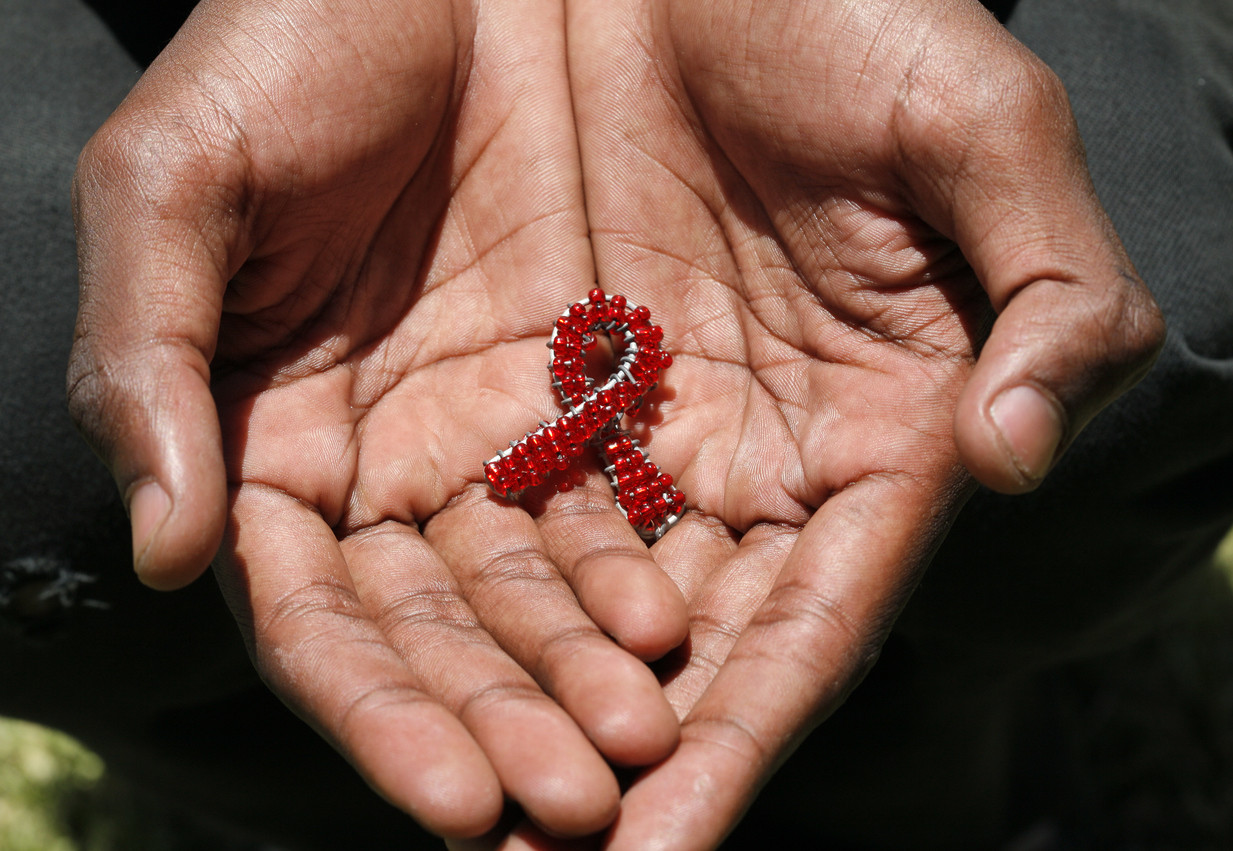Today is International World AIDS Day. In the annual campaign to give a voice to people living with AIDS, this year’s approach has a powerful and life-affirming message. The press release has been launched with the headline: “UNAIDS,” along with the slogan: “My health, my right.”
This campaign is providing “global leadership in response to the AIDS epidemic, and helps to strengthen the capacity of the United Nations system to address HIV/AIDS.”
There is a clear focus on the right to health, as well as highlighting “the challenges people around the world face in exercising their rights.” The executive director of UNAIDS, Michel Sidibé has expressed that all people, regardless of their gender, ethnicity, sexual orientation or degree of wellness have the right to good quality healthcare.
Great strides have been made in health care in the past thirty years with regard to people living with HIV/AIDS. Back in the 1980s, when the epidemic hit the headlines as a disease primarily affecting the gay community, contracting it, for many, meant being handed a death sentence.
And as the media focussed on this particular demographic, there was a whole other group of people who were at risk of contracting HIV/AIDS. As stated on the website for The Commemoration of the Tainted Blood Tragedy,” the entire Canadian blood supply system was affected. HIV had a huge impact on hemophilia and blood-transfused communities.”
As the AIDS crisis continues, over time, there has been more attention placed on de-stigmatizing individuals living with HIV/AIDS. Along with advancements that have been made in science and medicine, there are more treatments available that offer long-term solutions to maintaining a healthy lifestyle.
According to the statistics on the UNAIDS website: In 2016, there were 34.5 million adults living with HIV, 17.8 million women (over the age of 15 years), and 2.1 million children (up to the age of 15 years).
“As of June 2017, there were 20.9 million people living with the disease able to access antiretroviral therapy, which was up from 17.1 million people in 2010. Since 2010, HIV infections among adults, declined by an estimated 11%, from 1.9 million to 1.7 million in 2016.”
“New HIV infections among children declined by 47%, since 2010 from 300,000 to 160,000 children in 2016, and AIDS-related deaths have fallen since the peak in 2005.” Perhaps surprisingly, “Tuberculosis remains the leading cause of death among people living with HIV, accounting for around one in three AIDS-related deaths.”
Still, these statistics are very encouraging, as the number of people dying from this illness has decreased. Perhaps the stigma has lessened, but fear and ignorance as to how the disease is contracted remain toward those living with HIV/AIDS.
There is more that needs to be done to create awareness for the general public. In fact, recently a pop-up eatery opened in Toronto called “Junes HIV + Eatery” torontostar.com reports that: “It’s billed as Canada’s first HIV-positive restaurant and was launched to help dispel outdated myths.”
“UNAIDS brings together the efforts of 11 United Nations organizations involved in the HIV/AIDS response and plays a key role in coordinating their respective contributions.”
With the support of such organizations as the United Nations Children’s Fund, The World Health Organization, and UN Women, people living with HIV/AIDS have powerful support and the hope is that one day, this disease will be completely eradicated.


